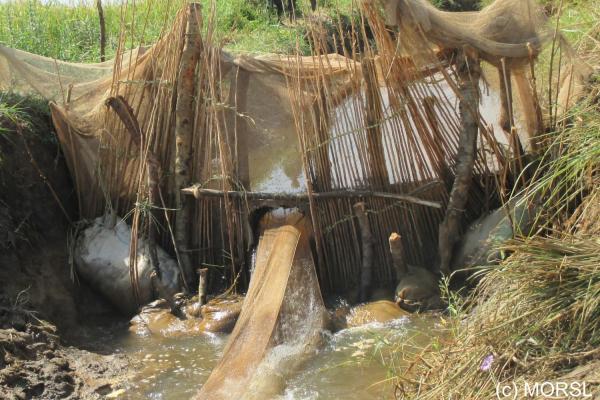Story Map of Inland Fisheries

The research of our MORSL project is featured in a story map of Global Inland Fisheries which features a series of case studies of inlnd fisheres from around the globe. Here is the description of the fisheries in the Logone Floodplain.
The annual flood of the Logone Floodplain in the Far North Region of Cameroon supports a productive ecosystem with high primary productivity and biodiversity. Fishing, agriculture and pastoralists are the primary regional livelihoods. These livelihoods depend on flooding and the floodplain system as a vital source of income. Fish provides subsistence and excess catch is sold commercially to merchants. Fisher median annual income is < US$500 but can also be lucrative as some fisher incomes are > US$16,000. Catch is mainly comprised of the flood-adapted and highly reproductive fishes Siluriformes, Cichlidae and Mormyridae. Changing flooding patterns are the main threat to fishery productivity, not overfishing. Flood management for agriculture, mitigation, and climate change have led to increasingly variable and unpredictable flooding patterns. Levees and dams alter flood duration and timing as well as reduce aquatic connectivity needed by migrating fish. The use of fishing canals, which catch fish by channeling receding water through nets, also alters flooding patterns. Poverty, declining fish catches, and increased flooding variability are driving fishers to either switch or diversify to non-fishing activities. While diversification can help fishers adapt, non-fishing activities (e.g. farming or pastoralism) are also flood-dependent, thus overall livelihood is still vulnerable to flood changes. Floods need to be preserved to protect the area’s high productivity and the communities and fisheries dependent on it
